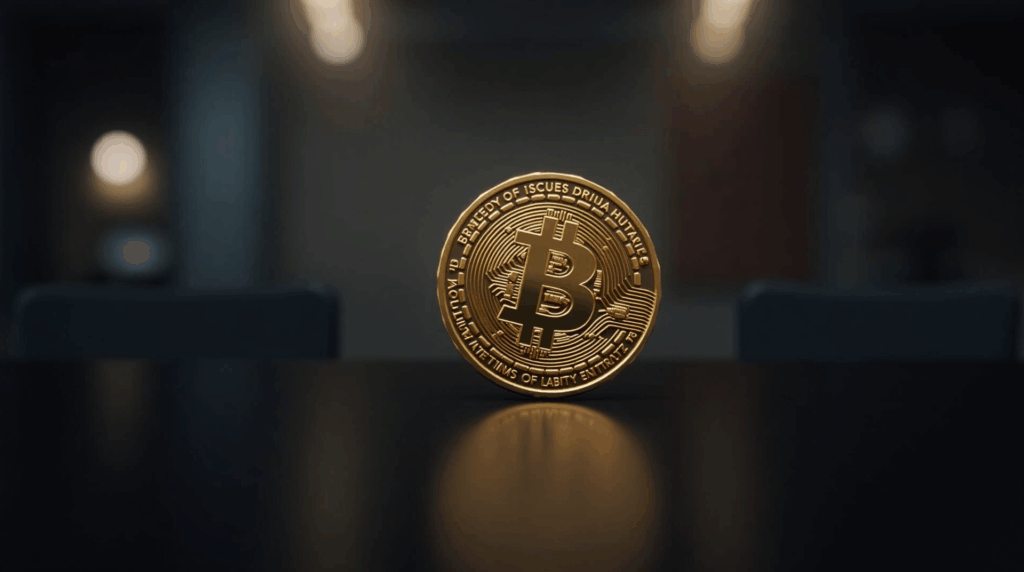The crypto community launched many memecoins within minutes of Charlie Kirk’s death, transforming grief into a market narrative that sought quick attention and money. As Bloomberg analysis describe, the activity made mourning an item for trade, combining a speculative rush with a political event that touched common investors and token creators seeking fast funds.
Context and impact
Analysis and multiple reports, tokens with names like “Pray For Kirk Coin” appeared quickly to ride media notice. Bloomberg characterized the activity as a clear attempt to get money from a death, while Al Jazeera and other outlets noted firings and public reactions that intensified debates around free speech. Some issuers framed their tokens with charity promises, yet sources agreed the prevailing motive was immediate profit, reflecting how attention can be monetized in real time.
A memecoin is a token driven by notice and viral trends, not by utility or real economic flows. By nature, it carries extreme price swings and significant fund risk, meaning a brief surge in visibility can translate into rapid gains for a few and steep losses for many.
The situation also became political. Journalists and workers lost jobs for social media comments, and public figures faced penalties and criticism. Jina’s view is that these reactions widened divisions and focused more notice on speculative assets tied to the event, illustrating how an emotional moment can become a conduit for speculative money to enter crypto.

Implications
Reputation and legal risk emerged as central concerns: association with a sad event invited media scrutiny and public pressure, which can erode trust and reduce opportunities for cooperation, while also potentially increasing exposure to legal questions.
Quick money or value removal defined the trading pattern: memecoins created in minutes typically benefited creators and early holders able to sell fast, often leaving common investors with losses, a dynamic consistent with Jina’s material and the cited reports.
Donation stories as cover appeared in some issuances, where charity claims lent a veneer of propriety; however, the sources indicated that the dominant goal remained immediate profit, and charity reasons were not sufficient to change the main idea of the rush.
Political and media amplification through firings and free speech debates made the phenomenon more visible, potentially boosting short-term speculative demand. Tokens appeared immediately after the news, charity reasons were secondary, and the impact was mixed—quick benefits for issuers contrasted with heightened risk for late buyers.
This episode shows how the crypto system can turn events into speculative items within minutes. The next step to gauge real outcomes is to watch donation claims and any public or legal action against token creators, which will clarify accountability and longer-term effects.

